Affiliate links on Android Authority may earn us a commission. Learn more.
Flagship forgone: No LG G5, HTC10, or Galaxy Galaxy S7 for Japan
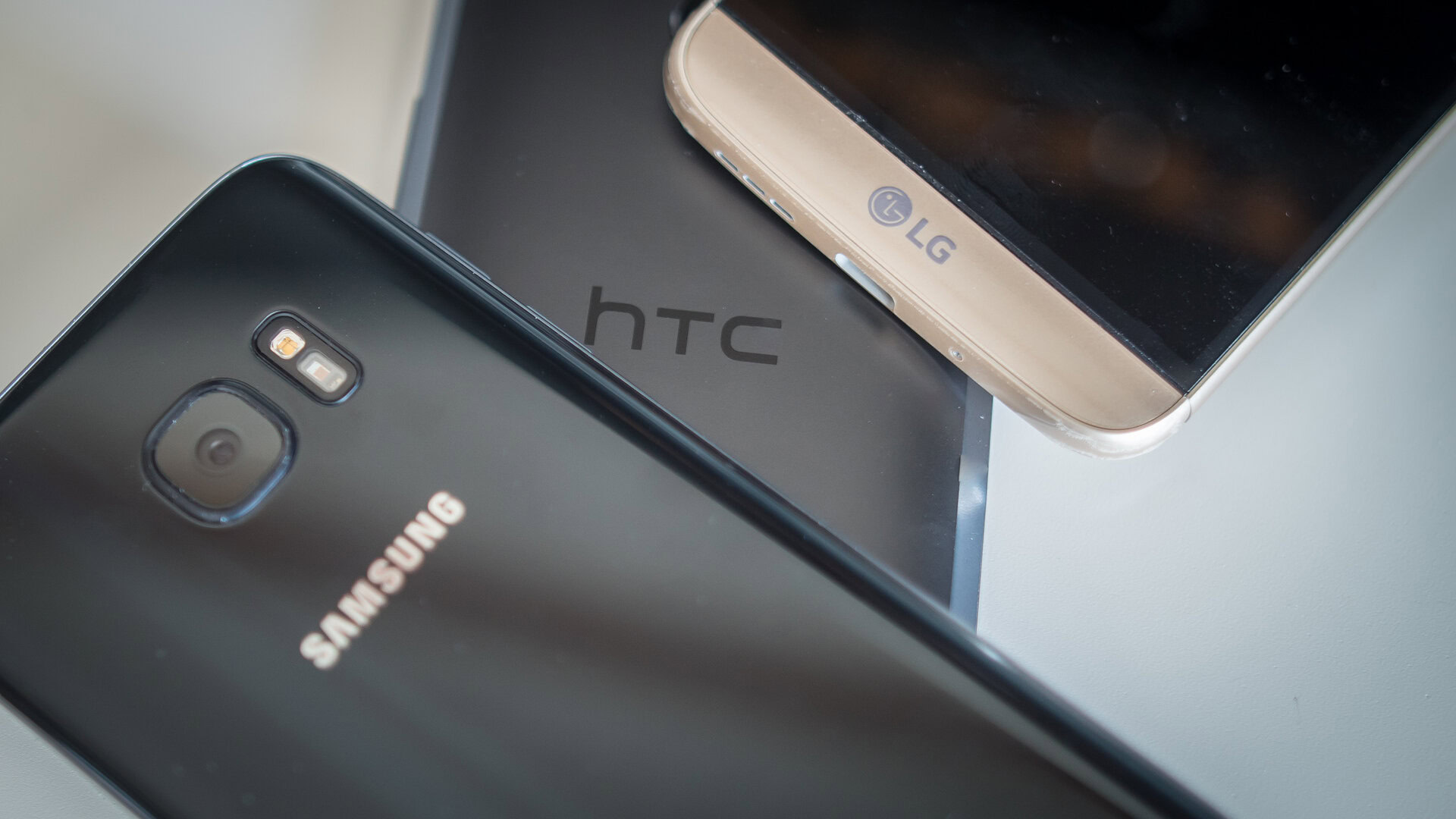
Being based in Japan, it’s quite apparent the the extent to which iPhones and Xperias have made in the land. Several years ago, a market study by Counterpoint served to make the observation all the more visible. This week the country’s big three carriers publicly announced their Summer 2016 product selections. While the lack of Samsung products might be perfectly on par for course here, the lack of the HTC10 and the LG G5 – in any permutation – is a bit more surprising.
Here’s NTT docomo:
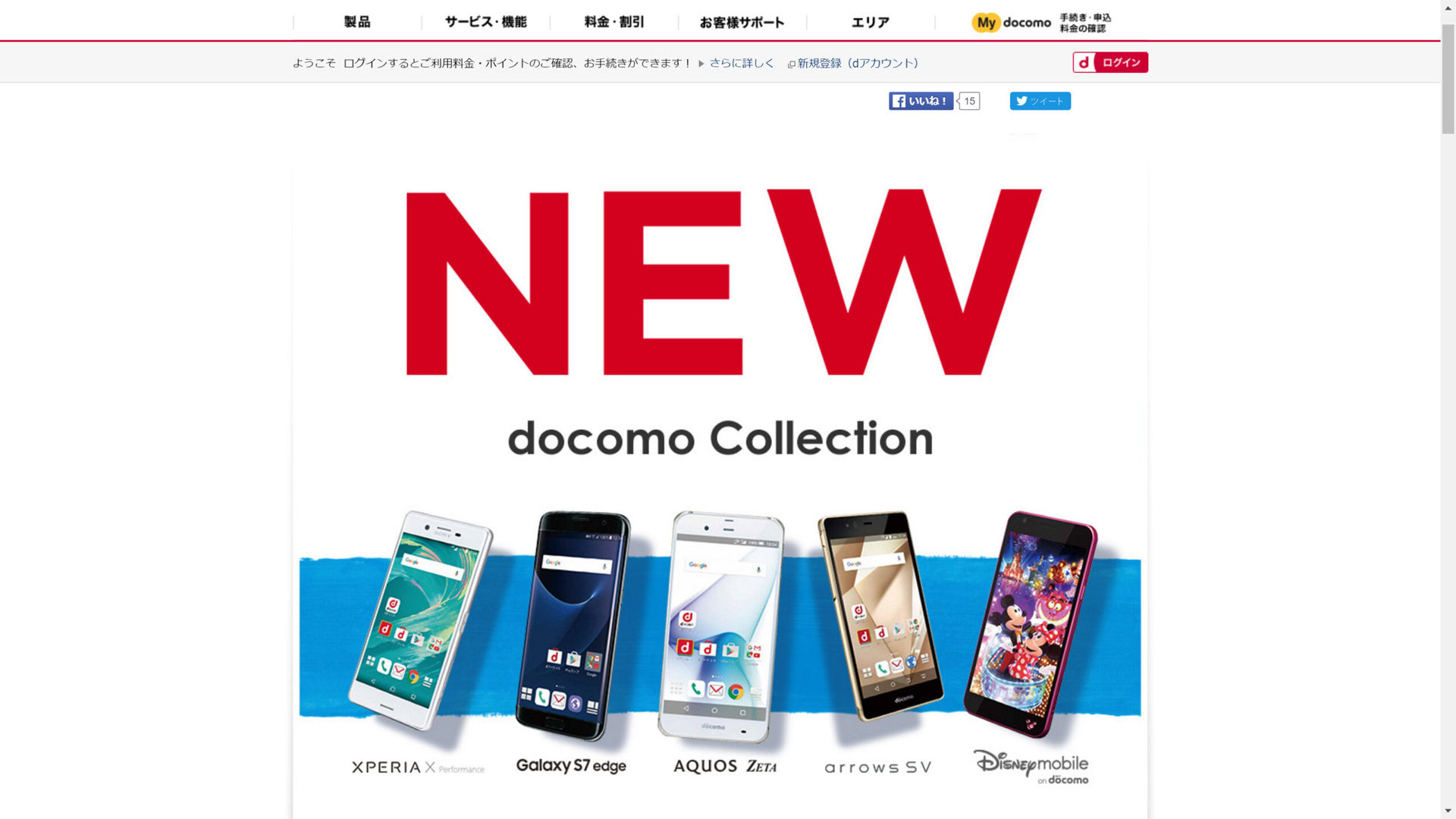
Note that just a single variant of the Xperia X will be released: the Performance. Aquos is a phone by Sharp, Arrows by Fujitsu, and the Disney Mobile by an unknown OEM, likely Fujitsu. The Galaxy S7 Edge is listed, however the standard Galaxy S7 is nowhere to be found.
Softbank (owner of Sprint):
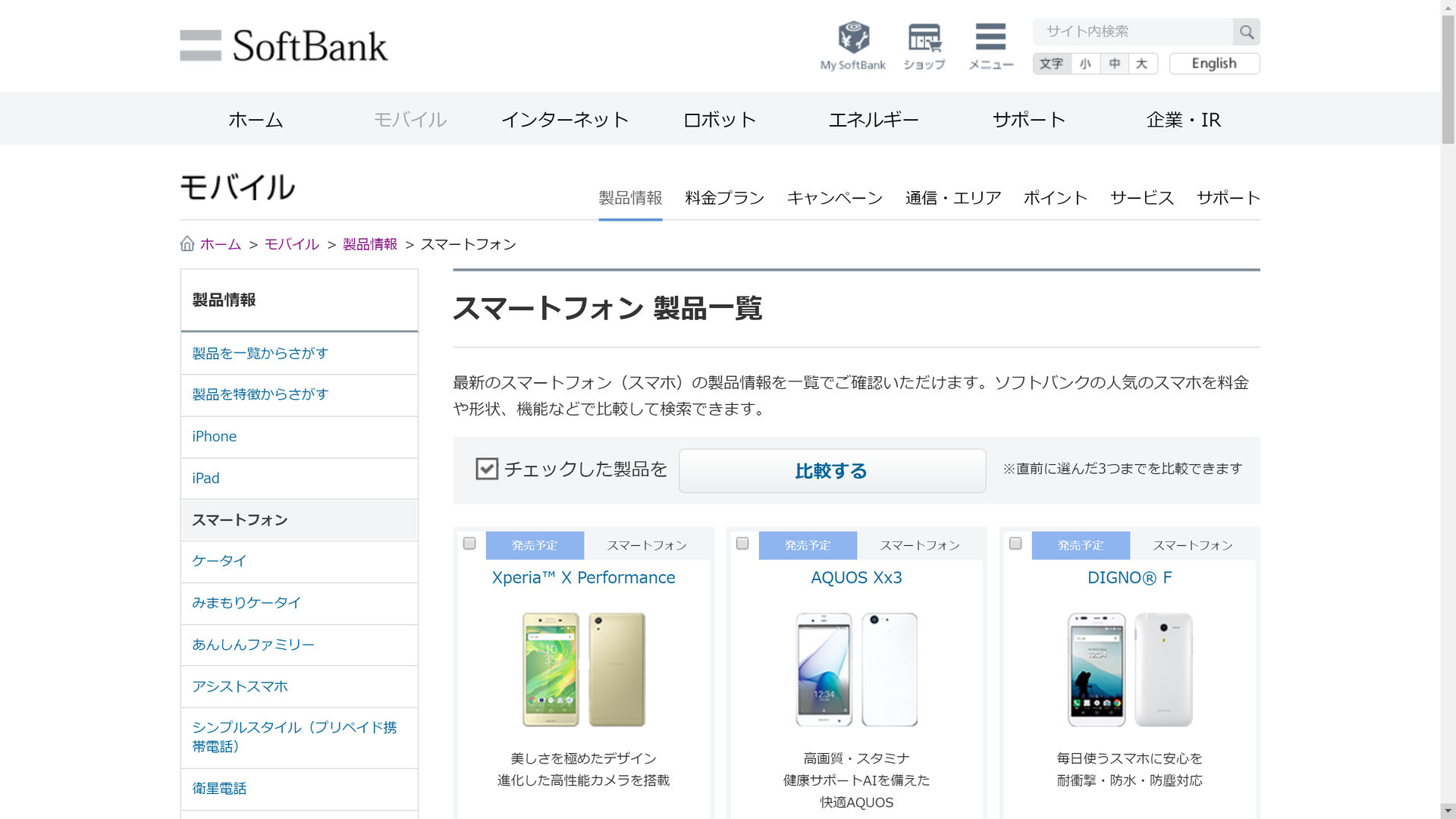
Just three phones were announced, the Xperia X Performance, a Sharp Aquos device – no Aquos Crystal follow up though – and a Digno device, made by Kyocera. For reference, Softbank released the Galaxy S6 Edge several weeks after NTT docomo and KDDI au last year, so it is still a possible product.
And finally, KDDI au:
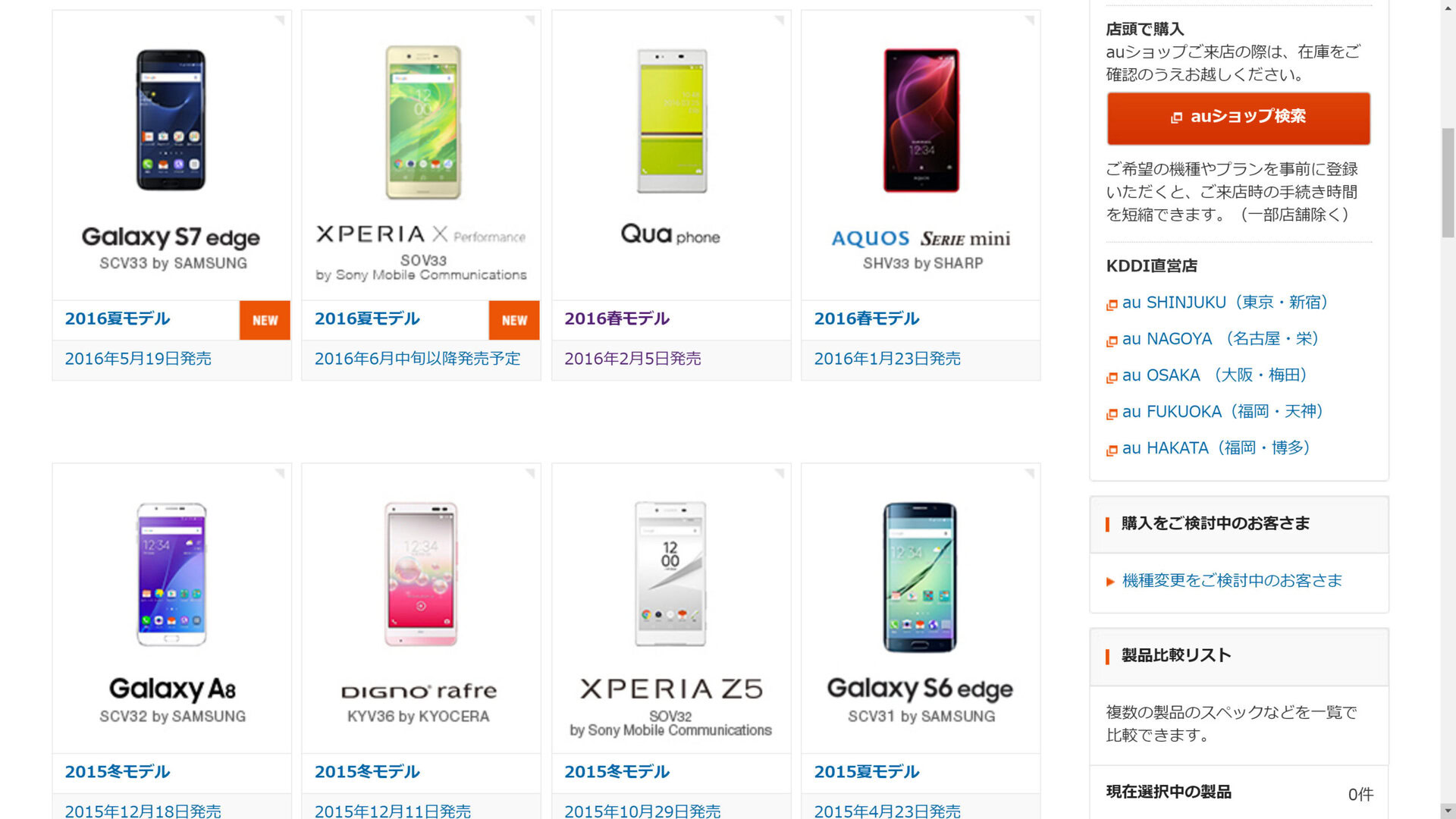
Two devices here, the Galaxy S7 Edge and the Xperia X Performance.
MIA: The Galaxy Galaxy S7
While the Galaxy S7 Edge is going to release in just a few days here in Japan, the Galaxy S7 (standard) is not being carried by any carrier. This seems like a logical progression given that the Galaxy S6 (standard) was only sold by NTT docomo, while all the major mobile service providers offered the S6 Edge.
What is curious is the indication that Samsung – or Galaxy as the company has chosen to call itself here – actually had the device advertised on its website for a few months. Originally, the website had only the S7 Edge complete with the “Galaxy” logo branding on the phone, then it was changed to the international design with the S7 included, and with “Samsung” logo branding. It has now essentially reverted to the original form, pictured below:
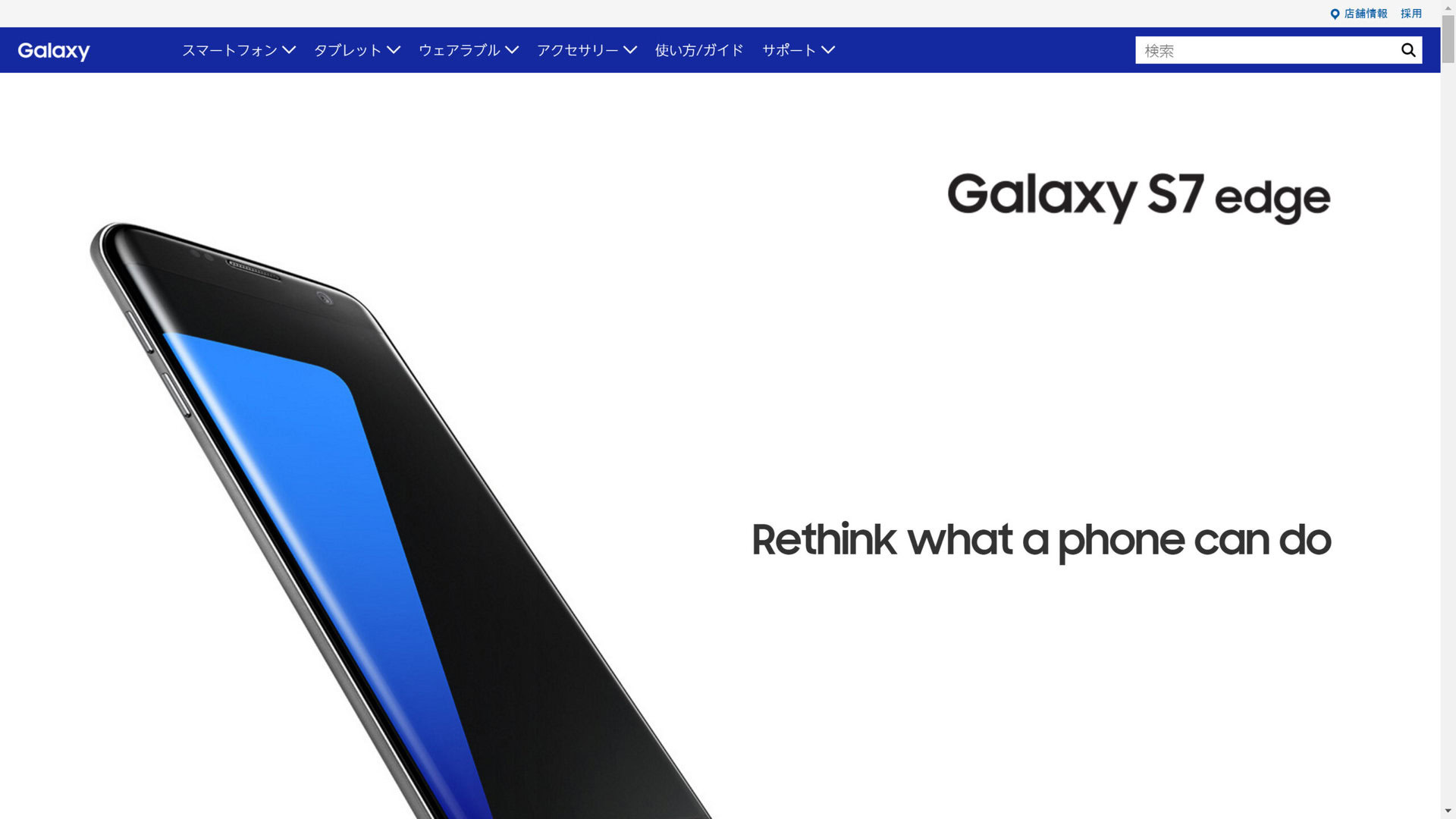
A report from last spring indicated that the Galaxy S6 and Galaxy S6 Edge sold quite poorly after the first few days of release. Indeed just a few short months later, NTT docomo was already offering the former absolutely free (0 yen) when customers signed up for a 2-year contract. Clearly even that failed to ignite sales or consumer interest and hence the decision to drop the product entirely.
This development, itself, follows last year’s decision to skip many major global releases, including the Galaxy Note 5, the Galaxy S6 Edge+, and the Galaxy Tab S2, none of which saw release in Japan.
MIA: The LG G5
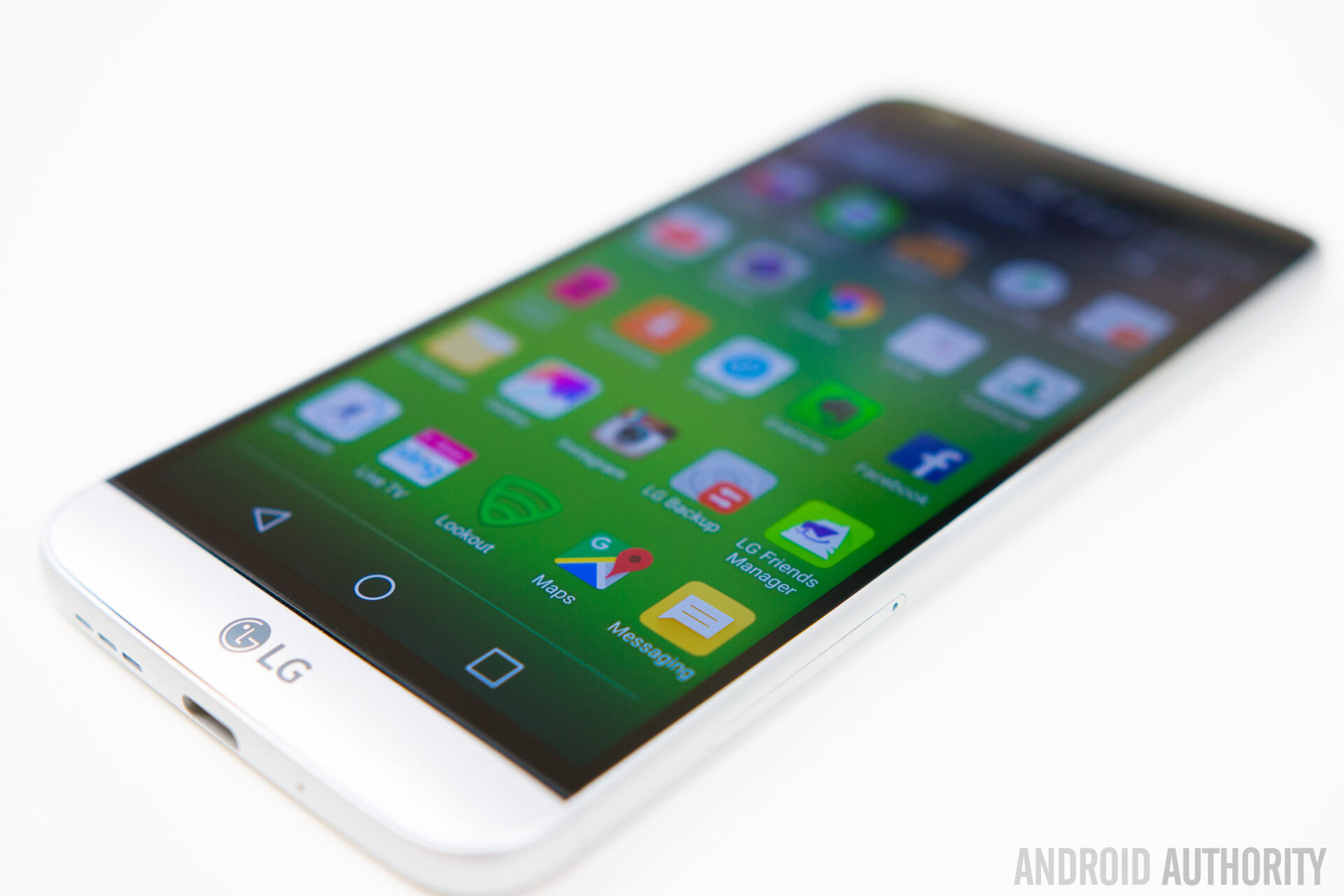
Truth be told, there has not been an LG G-series offering sold in Japan since NTT docomo offered the G2 back in 2013. Instead, the product has been stripped of its “G” moniker and converted to a more Japan-specific model, known as the ISAI. Indeed last year saw the release of the G4 re-branded as the isai Vivid. This year however – at least for now – it seems that LG will not be producing a single smartphone for the summer season.
Perhaps it makes sense, as the company is seemingly having enough trouble getting its modular flagship made properly based on reports from users. Introducing a model modified for Japan would be even more work. Aside from that, anything LG would ostensibly release at this point would just be a rehash of the G4/isai Vivid.
MIA: The HTC10
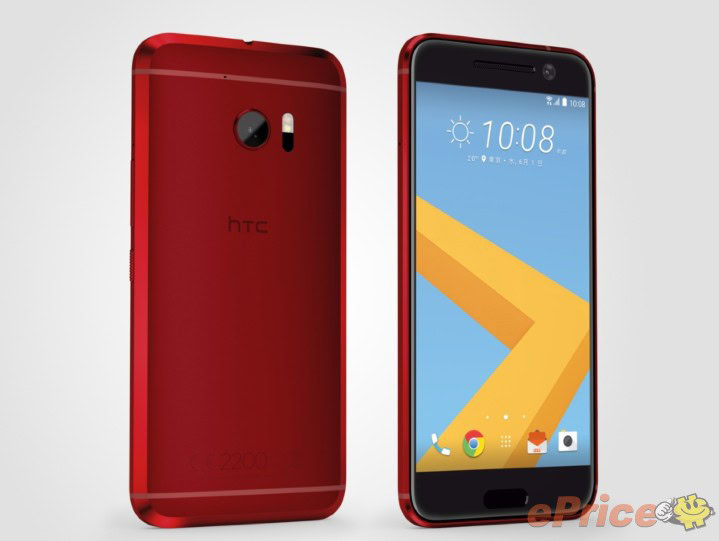
It was expected that the HTC10 would release in Japan, especially given a leak that suggested KDDI au was going to be the exclusive carrier of the red color variant. And yet, the new summer season’s products have been posted and not a single HTCmodel has been added. Softbank had originally sold the HTCDesire and HTCDesire HD ages ago, but has long since stopped carrying HTCproducts. NTT docomo has never carried an HTC-branded smartphone.
Of course it’s quite possible that HTCcould hold a special unveiling event in Japan within the next few weeks, and thus all hope should not be cast out just yet.
Picture of a (domestic) problem
Arguably the issue here seems to be that Japan’s mobile market has seen what may be its most dramatic change of pace in ages. Whereas carriers have made it a point to have numerous products to push twice a year, this summer will see some seriously slim pickings. This is quite possible the result of two distinct, major factors going on:
- SIM Free phones have become widely available at stores around the country. Everywhere from giant electronics retailers to even supermarkets are now selling SIM free phones and MVNO contracts. ASUS has a wide assortment of products, as does HUAWEI. These devices are significantly cheaper than carrier devices, which can often cost 90,000 yen (roughly $890).
- Many Japanese OEMs have bowed out from the smartphone maketplace. Panasonic and NEC have both ceased making devices for all intents and purposes. Mitsubishi stopped back in the feature phone days.
- Sharp, which has always supplied numerous variants of its Aquos models in a single cycle, is being purchased by Taiwan’s Hon Hai Technology Group (Foxconn). It would be safe to assume it’s spending ways are being plugged to stop hemorrhaging cash.
- Sony has opted to release but a single X product, suggesting perhaps the variations of the Z5 last year were not well received.
Another aspect of the situation is that Japan’s custom of having mobile phone carriers launch new products twice a year does not mesh well with the approaches being used by Apple, Samsung, HTC, and various other companies. With Apple and Samsung in particular, these OEMs have enough clout to seemingly supersede the wishes of carriers, especially here in Japan where companies like NTT docomo have allegedly lorded over the manufacturers with an “iron fist”. In turn this has resulted in carriers announcing products at points decidedly different from their typical “Summer” and “Winter” product schedules.
This is exactly why it is still possible that the HTC10 could be launched here at a later date, presumably more of HTC’s liking. Or, it could be sold by HTCitself, directly, without any carrier affiliation whatsoever.
Wrap Up
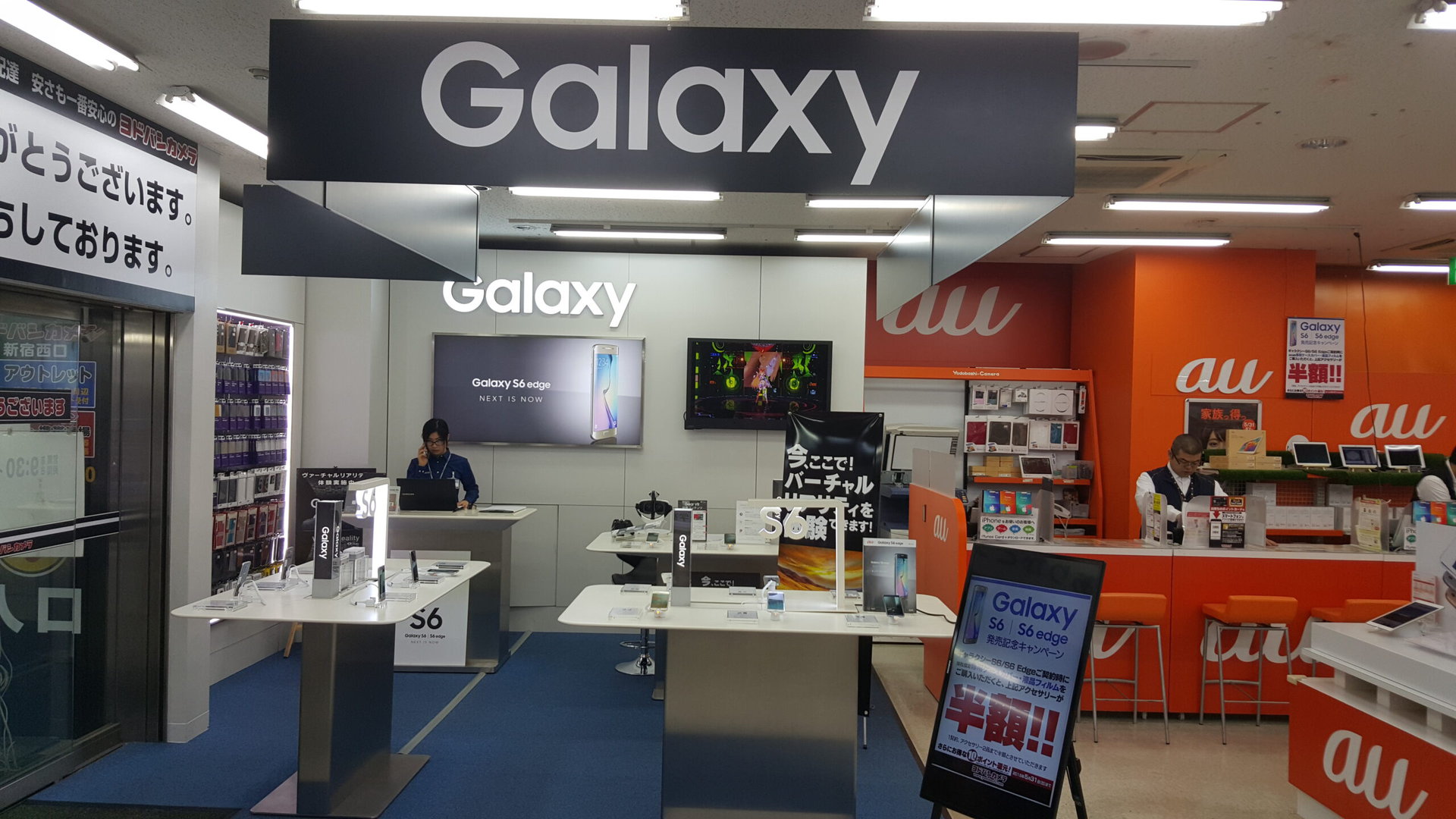
About a decade ago, it would be absolutely unthinkable to utter the phrase “wow, there are so few options in Japan” with respect to phones. The country once led the world when it came to mobiles, including having the first 3G service (back in 2001), feature phones with mobile payment (back in 2004), and even a touch-screen “smart” feature phone (also in 2004).
In more modern times however, Japanese OEMs were seen as failing to properly anticipate the success Apple had with the iPhone and thus got into the game much later than South Korean rivals like Samsung and LG. The overall situation, “Galapagos Syndrome” is indeed a problem for companies that could have potentially made a fortune internationally over the years.
Now, when OEMs from countries like Korea and China are dominating the industry, Japan has found itself in a rather curious situation. Indeed for those who care, importing from other countries has never looked better.
What do you think? Are you surprised by the situation?